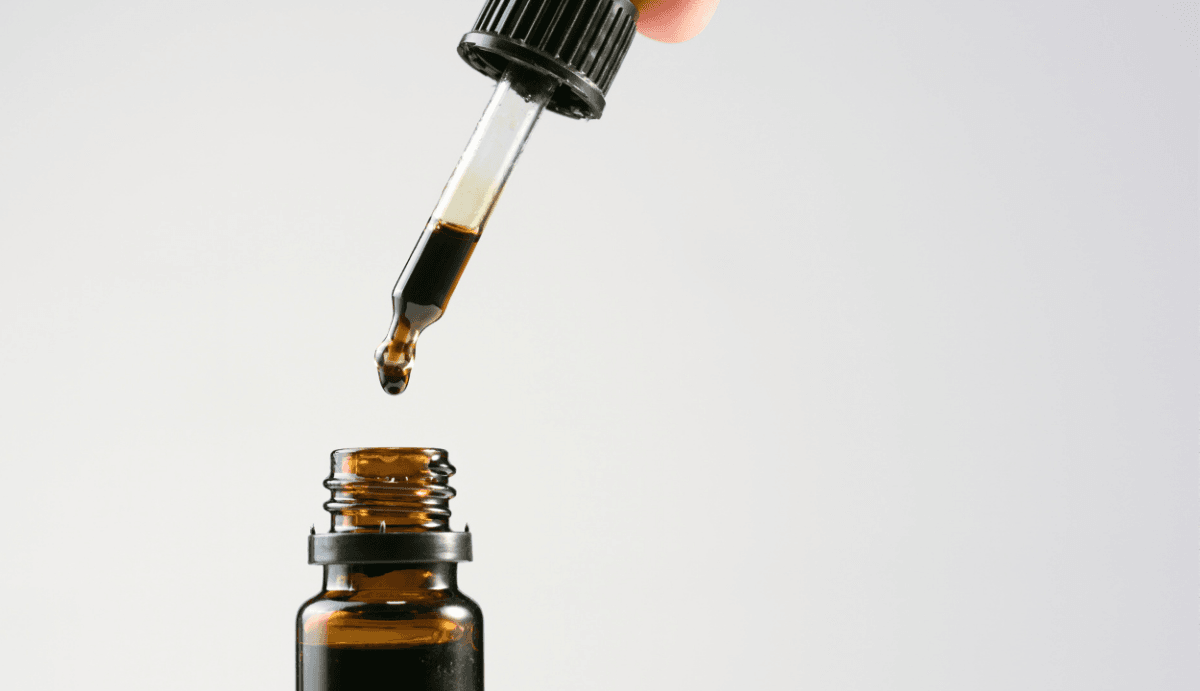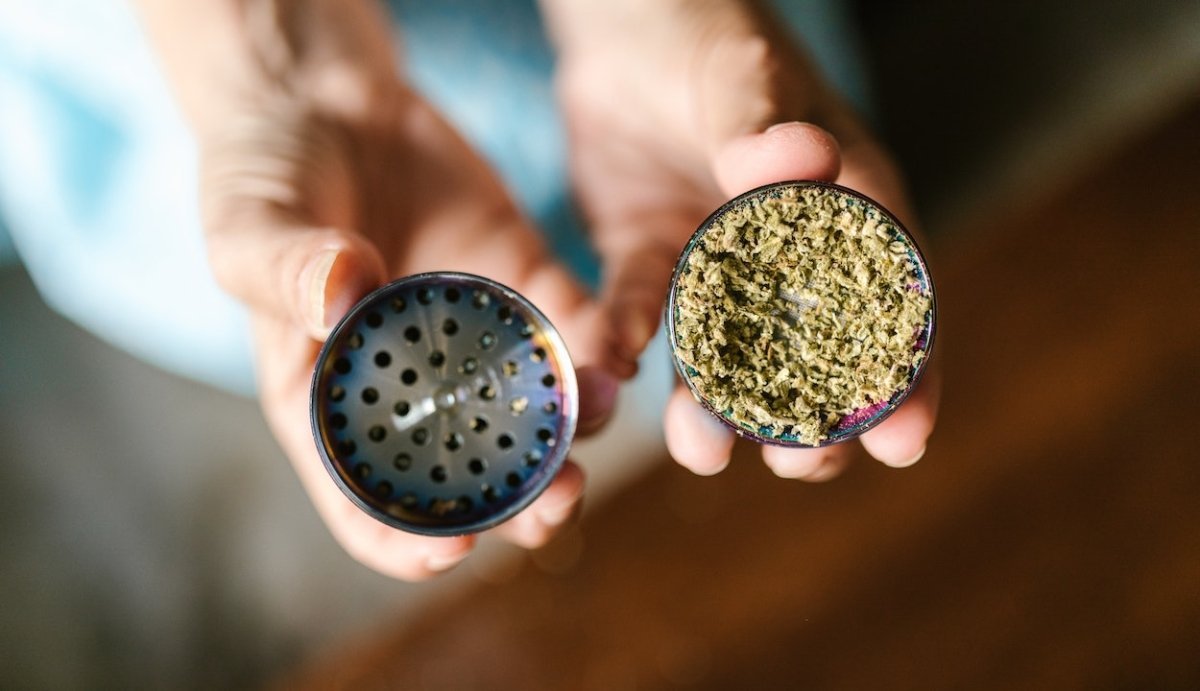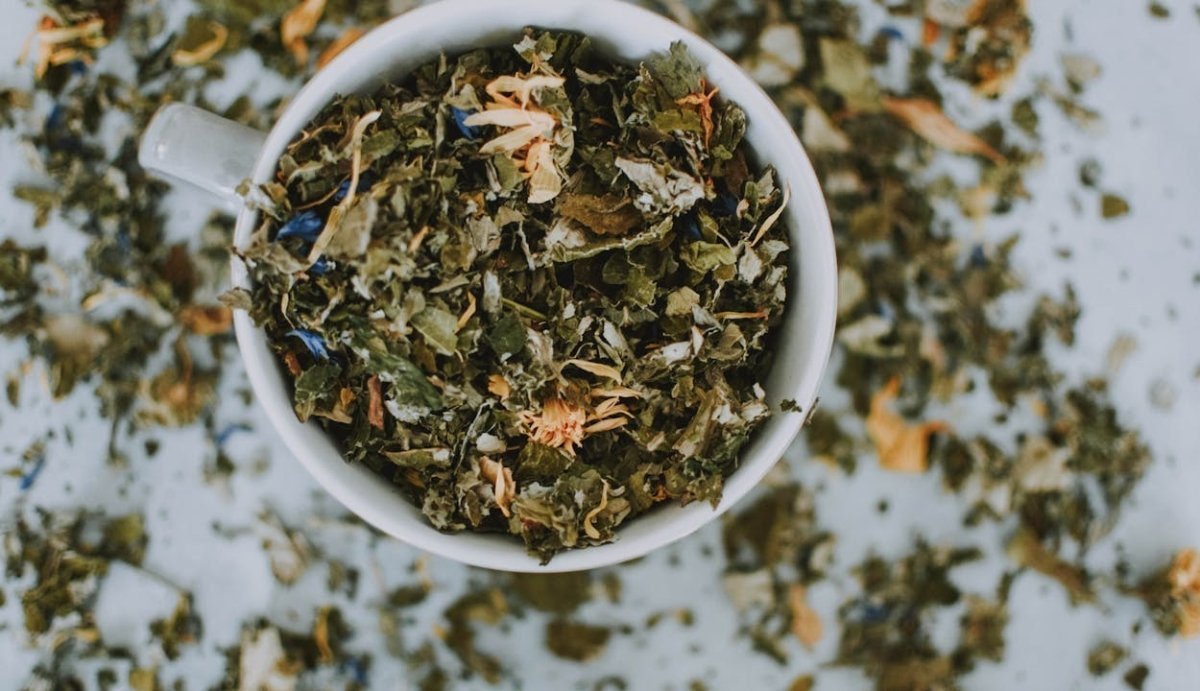Your Cart is Empty
FREE SHIPPING ON ALL ORDERS $75+
Many people are just coming to hear about Delta-10’s mild psychoactive effects, which are newly in reach of consumers across the nation. Others are more familiar with the many THCproducts on the market and may be wondering–will a mild THC product like Delta-10 even have an effect if I already have a tolerance to THC?
The truth is that Delta-10 tolerance is affected by your tolerance to other THC products. This is called "cross tolerance" and it can mean that you won't experience strong effects from Delta-10.
Want to fix THC tolerance? Here's how (and everything else you need to know about Delta-10 tolerance):
Table of Contents
Can You Build a Tolerance to Delta-10
What is a Delta-10 Tolerance Break?
How Long Should You Make Your Delta-10-THC Tolerance Break?
What to Do After a Delta-10-THC Tolerance Break
Delta-10 Tolerance Break Tips
Resources

We already mentioned that you can build a tolerance to Delta-10, but where does this cross tolerance lie? Does it only happen with other hemp-derived THC products, or are regular cannabis consumers at risk of missing out on Delta-10’s mellow, uplifting effects?
As it turns out, all THC molecules, whether hemp or marijuana derived, are likely to build cross tolerance with each other.
Most THC isomers, like Delta-8 and Delta-9 are nearly identical, it’s safe to assume that the biological process is similar. The THC is transformed by the body to one of a handful of THC metabolites, most often 11-hydroxy-THC. It can take a while (sometimes weeks or months) for these metabolites to leave the body.
Frequent THC use can lead to over-stimulation in the brain’s neural pathways. The body reacts by reducing the number of CB1 receptors in the body. CB-1 receptors are the neural receptors responsible for inciting the pscychoactivity associated with THC. Less CB1 receptors means less receptor sites that can absorb THC, which means reduced effects after using THC products.
Fortunately, the body can produce more CB1 receptors to help regulate endocannabinoid system levels over time when exposure to THC is reduced. Some evidence even suggests that CBD may help to increase the number of receptors in the Endocannabinoid System, which is one of the reasons why CBD is not thought to be tolerance building.
Delta-10 is much less potent than most THC products. It’s thought to be only half as potent as Delta-8-THC, which is estimated to be only half as potent as traditional Delta-9-THC.
Because Delta-10 already has very mild effects, it’s possible that heavy THC consumers (who have a high-tolerance) may not feel the effects from a mild to moderate Delta-10 dose. Others may experience weaker or shorter lived effects than they expected.
Don’t worry, though. There’s an easy fix:
A tolerance break is exactly what it sounds like—a break from Delta-10 (or any THC product) use in order to lower your overall tolerance, which could also be described as your “sensitivity” to Delta-10.
You'll know that a tolerance break is needed when you need to intake more Delta-10 to feel the same effects as usual.
In order to combat your increased tolerance, you’ll need to abstain from THC use altogether for a certain period of time. People commonly use this method to help decrease their tolerance to THC, which can help the user reap more proficient medicinal and recreational effects when they begin using THC products again.
In some cases, tolerance breaks are difficult, especially for those that rely on the therapeutic benefits of THC products. People use various techniques to take tolerance breaks, like using an alternate product, slowly lowering the THC dose over time, or quitting cold turkey for a period of time.
It is a misconception that you need to refrain from THC use long enough for all traces of THC to be removed from the body’s fat storage (like you have to do before you can pass a Delta-8-THC drug test) in order to lower your tolerance. You simply need to allow the body time to regenerate CB1 receptors and balance the Endocannabinoid System.
The amount of time that you should abstain from THC in order to lower your tolerance will vary based on a number of factors, like the amount of THC you frequently intake and your unique metabolism.
A general rule of thumb is that the more THC you previously used, the more your CB1 receptor system has been repressed. Unfortunately, there isn’t much evidence to help us understand how long it takes for the body to regulate the CB1 receptor level after you quit ingesting THC.
A tolerance break will usually range from a few days to a month or more. Most commonly, people need to abstain for two to four weeks, closer to four if they previously used moderate to large doses of THC everyday.
For those who intake small, infrequent amounts of THC, a few days may be enough to help reset the balance.
Successfully completed your tolerance break? Reintroduce THC in small doses and take a few steps to avoid building a high tolerance again in the future.
If you weren't experiencing any effects from Delta-10 and it led you to a tolerance break, try taking Delta-10 again after 2-4 weeks. Delta-10, on its own, is very mild, though it has uplifting and energizing effects you may not get from traditional THC.
If you’re new to Delta-10, you may want to learn more about dosing to make sure you’re taking enough to feel the effects. Read to learn more:
Tolerance breaks are difficult, but once you’ve reset your endocannabinoid balance there are a few things you can do to help avoid re-building a high tolerance in the future.
First, you should pay careful attention to your Delta-10-THC consumption. In most cases, skipping days in between dosing can help avoid tolerance building, but that may not be possible for everyone, especially those who choose THC for its therapeutic benefits,
You can still watch your THC dose and try not to consume more than necessary to reach your desired effects. By keeping your consumption levels lower or taking “skip days,” you may be able to avoid the need for tolerance breaks in the future.
Scheduling short tolerance breaks is another effective method. Instead of an infrequent 2-4 week tolerance break, you may benefit from short (1-2 day) tolerance breaks that are strategically scheduled (like once every 2 weeks.
Ultimately, over-consumption is what causes your tolerance to build and it can generally be avoided by being more mindful of when and how much you consume.

Ready to start your Delta-10-THC tolerance break? Here are some tips to help you be successful:
Yes, Delta-10-THC can get you high, but the effects are typically milder compared to Delta-9-THC. It may offer a more uplifting, energizing experience with less intense psychoactive effects.
The effects of Delta-10 can last anywhere from 2 to 6 hours, depending on the dose, your metabolism, and the method of consumption.
Some cons of Delta-10 include potential mild side effects like dry mouth, red eyes, dizziness, and the possibility of a weak or short-lived high compared to other cannabinoids like Delta-9 or Delta-8.
For beginners, 25mg of Delta-10 may be a high dose. It’s recommended to start with a lower dose, around 5-10mg, and adjust based on your tolerance and desired effects.
Delta-10 may offer calming effects, but it's not specifically known for reducing anxiety. Some users find it helpful for relaxation, but others may prefer Delta-8 or CBD for managing anxiety.
Delta-10 is often described as providing a more energizing and uplifting effect, which some users may interpret as increased alertness or hyperactivity. However, individual experiences may vary.
Comments will be approved before showing up.



